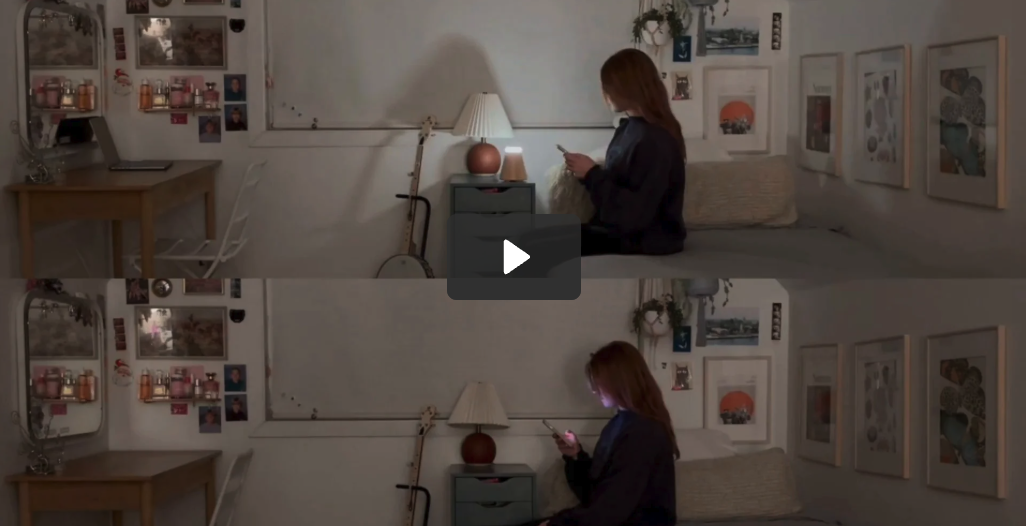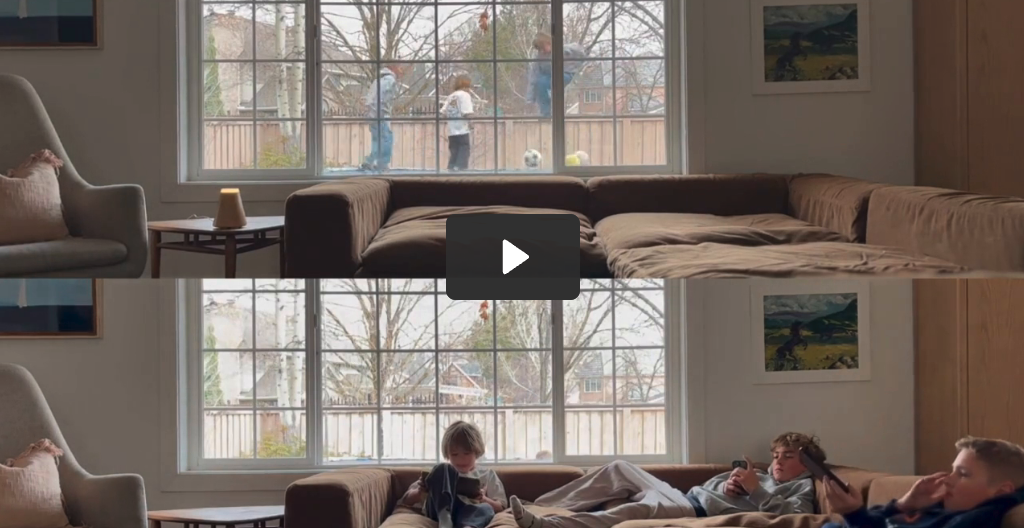Digital Boundaries, Built Into the Spaces That Matter Most
Analog ties physical place to phone use — creating Analog Zones where only apps appropriate to the context are available.
Seamless and shared phone boundaries, on autopilot.

What is Analog?

Analog combines bluetooth beacons with a mobile app to create Analog Zones: spaces where screen controls are triggered by place and time.
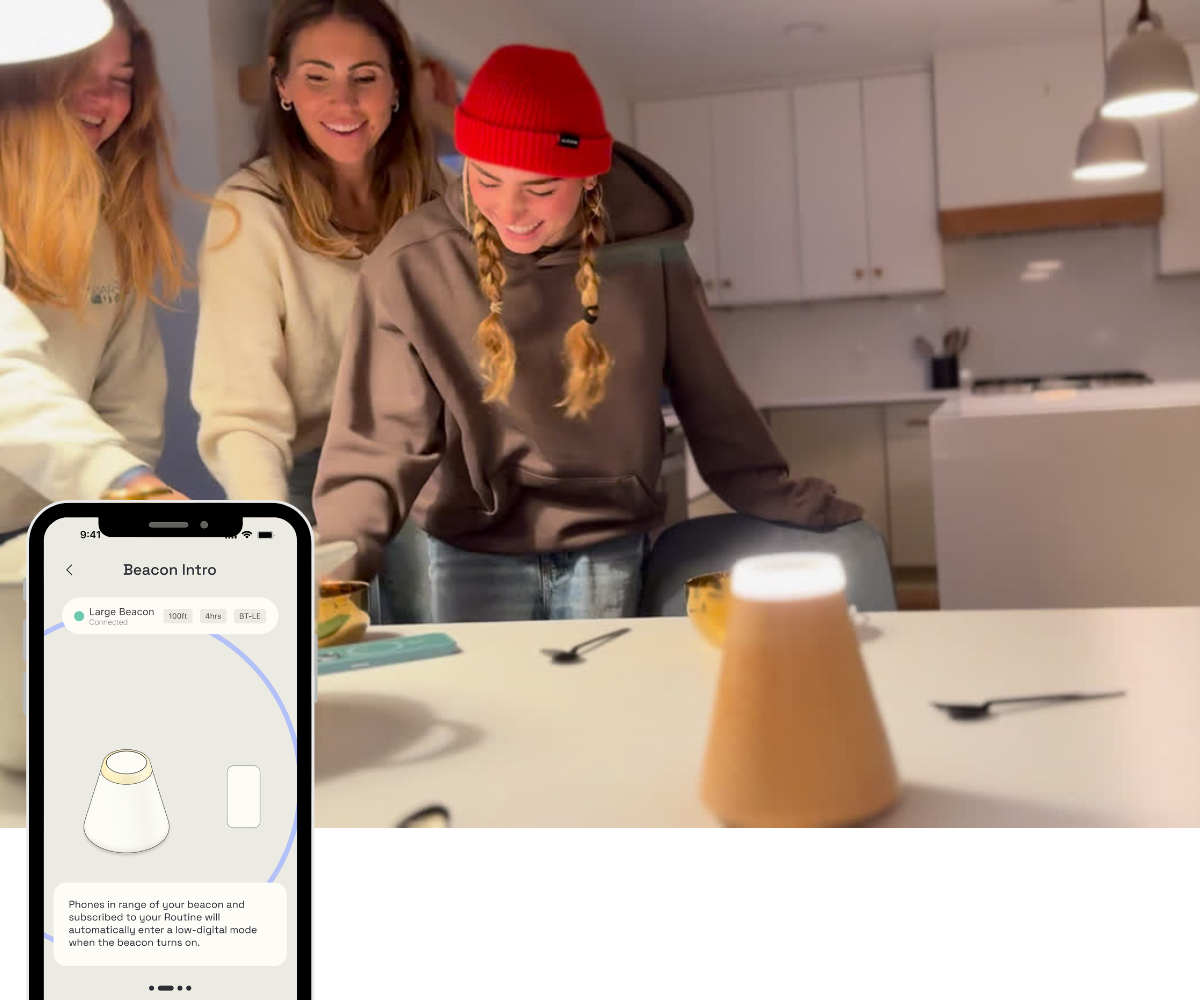
An Analog Beacon visually signals digital boundaries and remotely triggers pre-set phone rules for all participants in range.
Where Analog Works
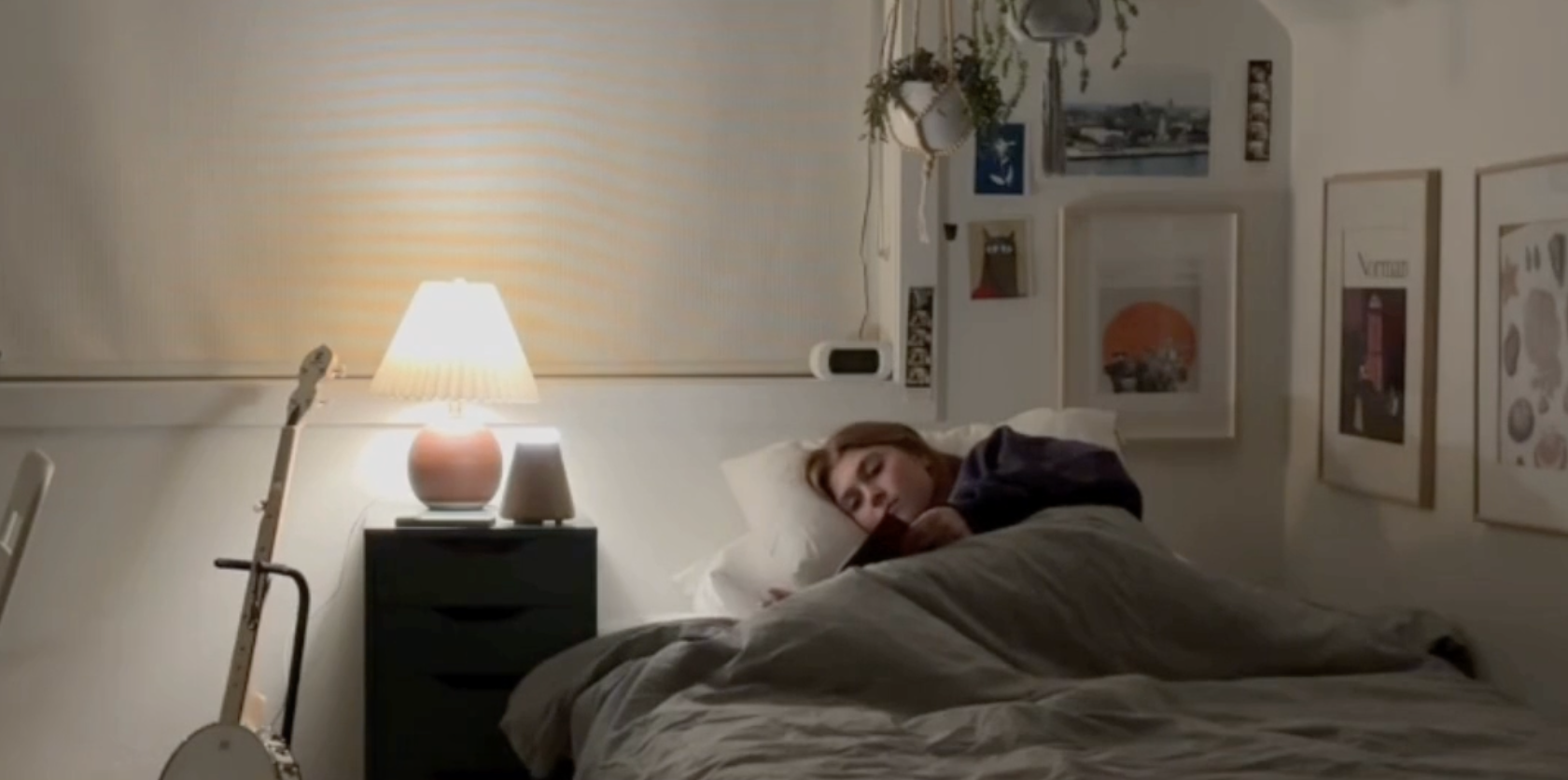
Bedrooms
Late-night scrolling robs us — especially teens — of essential sleep.
An Analog Zone can leave on just the essential apps, like an alarm clock or music, while blocking the rest.
For parents, the nightly phone battle ends.

Family Rooms
Phones make it hard to be present, even when we’re together.
An Analog Zone reduces digital demands and distractions in the spaces where we gather — so when we’re together, we’re truly present.

Classrooms
Phones can be powerful tools for learning — or impossible distractions from it.
An Analog Zone keeps the good (class-approved apps) while removing the rest.
Students keep their phones, parents maintain emergency contact, and teachers are freed from phone policing.
Plus many more spaces...
From workspaces to places of worship, Analog can be used in every environment where presence matters.
See the Analog Difference
Why Analog Works
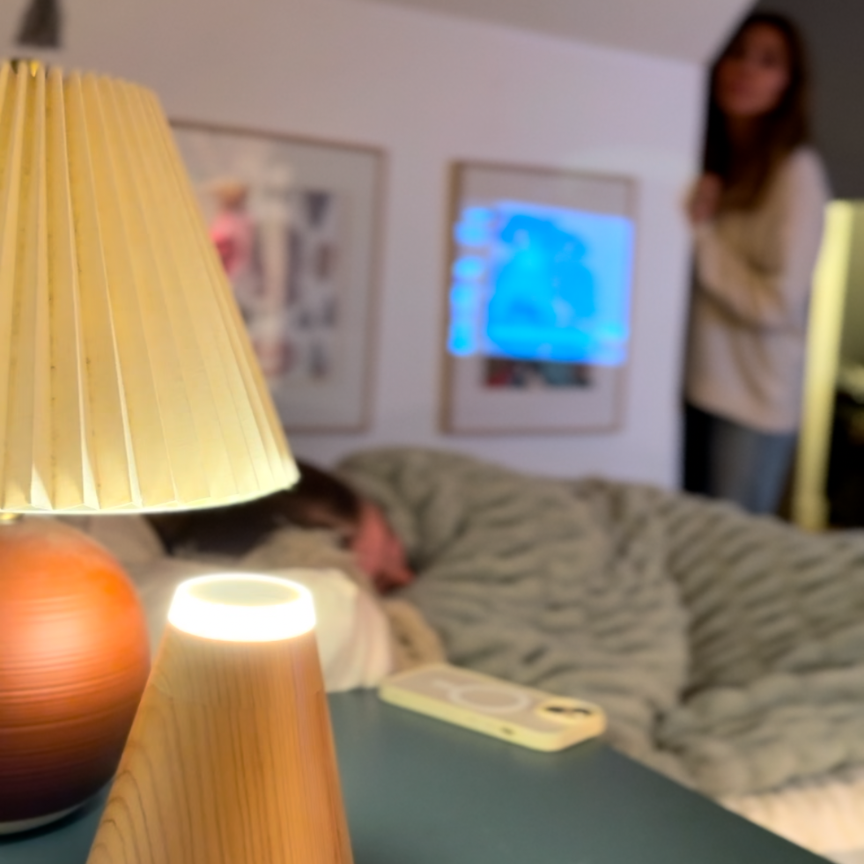
Pre-Commitment
Most of us — teens included — want to spend less time on our phones. But our best intentions can’t compete with apps designed to be addictive.
Behavioral science calls this the “intention–action gap,” and the proven fix is a commitment device — a way to lock in the choice you want to make in advance.
Analog is a seamless commitment device for phone use. Enter an Analog Zone, and the rules you set ahead of time apply automatically. This creates lasting habits.
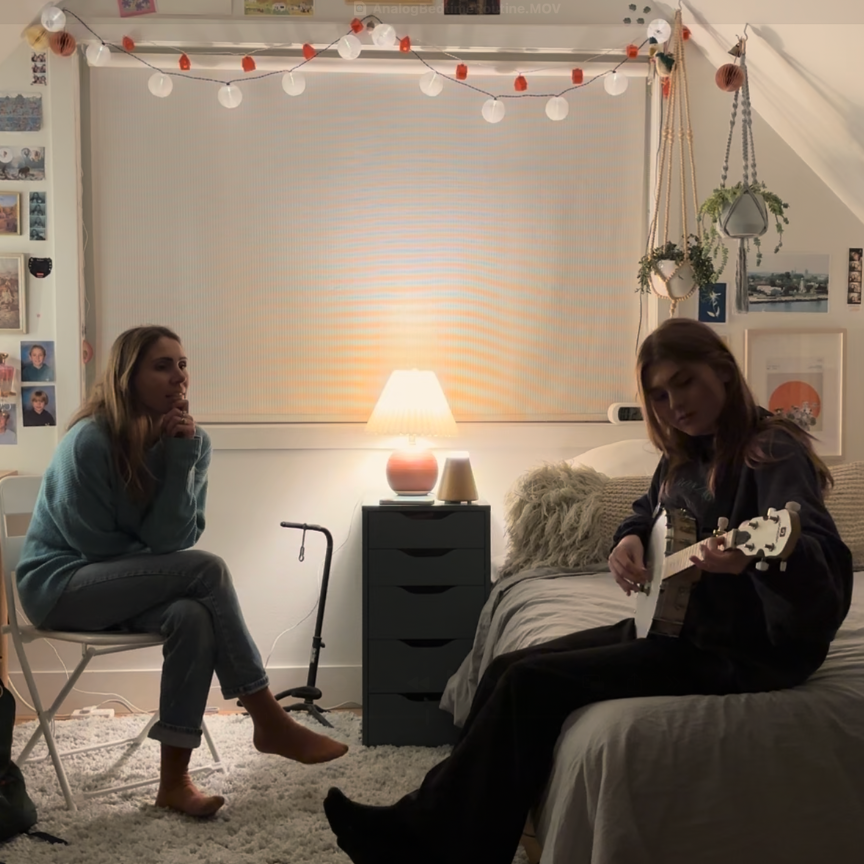
Shared Social Norms
It’s hard to be offline when it feels like everyone else is online — especially for teens.
Behavioral science shows that shared norms stick because mutual participation creates positive peer pressure.
Analog creates digital norms by tying phone use to shared spaces. When everyone in a space follows the same rules automatically — including parents who model the behavior — boundaries feel communal and fair, not isolating or punitive.

Tech-Forward
Phones are an integral part of daily life — and they’re here to stay. Confiscating them or treating them as contraband only creates conflict and encourages workarounds. The challenge is to integrate phones into life in a healthy way.
Behavioral science shows that our behavior adapts to environmental cues.
Analog uses this principle to modulate phone use to the time and place, preserving a sense of autonomy while providing the structure we need to use technology well.
Shipping soon.
Questions? Get in touch.

